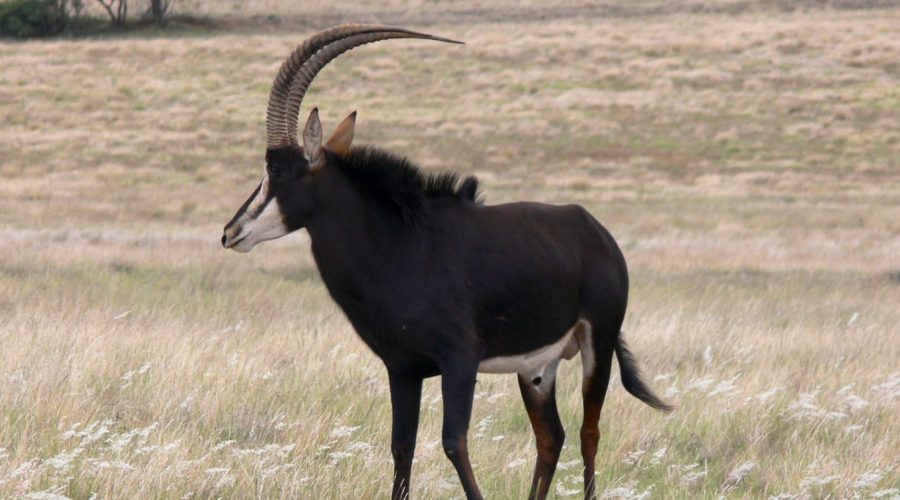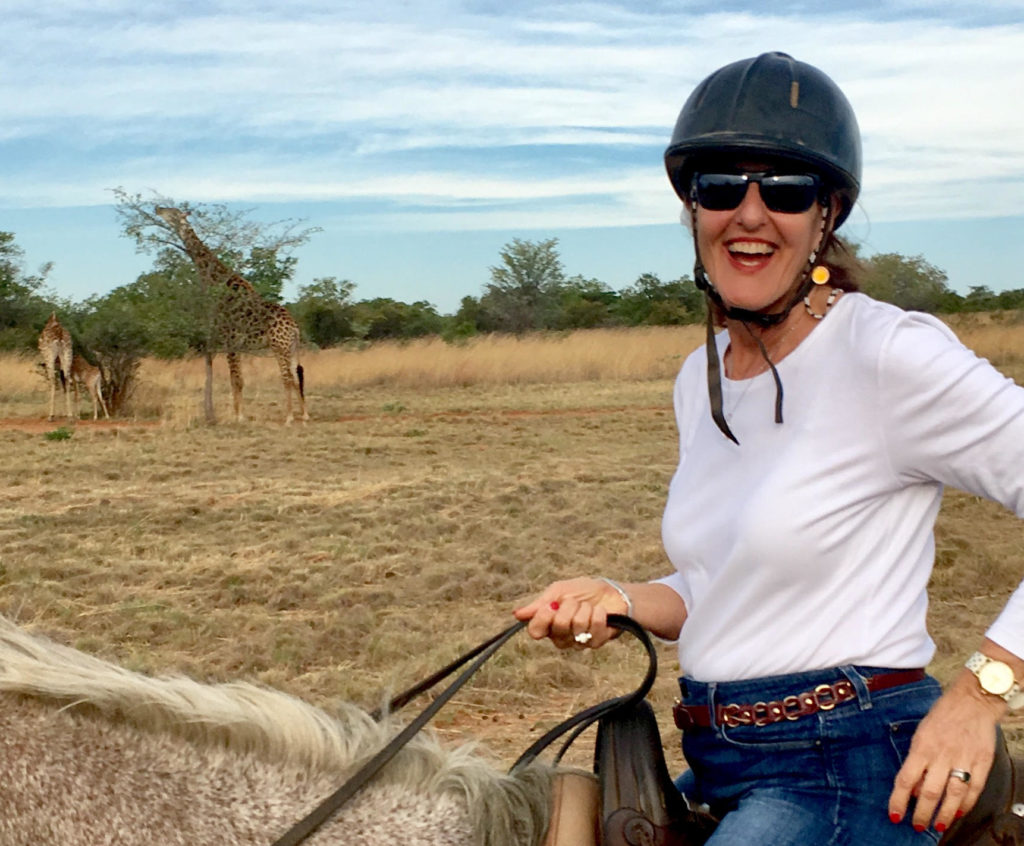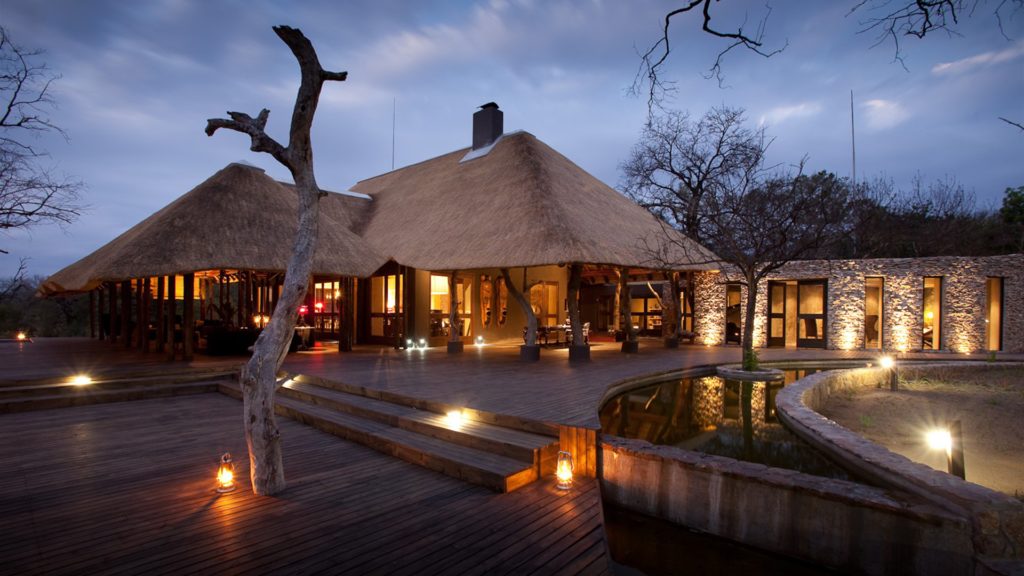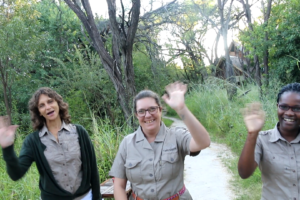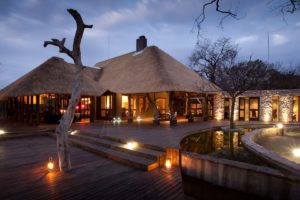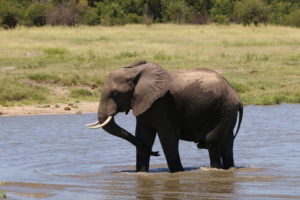A Safari Surprise – Sable Antelope Are Pure Poetry In The Bush
Derek and I have been on more than 30 safaris throughout Southern Africa and Tanzania. It’s our passion, and our mission to entice you to add Safari to your bucket list.
We’ve witnessed many thrilling viewings of the Big Five (lion, leopard, rhino, buffalo and elephant). We’ve experienced lots of exciting interactions between lion, leopards, cheetah and their potential prey. We’ve had elephants “mock charge” us, appearing out of thin air, trumpeting their challenge. We’ve walked with rhinos, and gotten the hell out of the way of cantankerous hippos. We’ve had our lunch stolen by cheeky monkeys, and been in the middle of hyenas chasing lions up a tree. Yes, we’ve been fortunate. But this March, staying at The Hide in Zimbabwe’s Hwange National Park, we witnessed for the first time “pure poetry” in the bush. Sometimes the most magical viewings are of lesser known or downright rare animals.
Meet The Secretive Sable Antelope
Though Hwange is most famous for its huge elephant population, we were incredibly fortunate to come across a herd of Sable Antelope, Hippotragus Niger. Many regard this as the most beautiful antelope on earth, and once you see one, it’s easy to understand why.
The national animal of Zimbabwe, the sable’s geographic range extends through the southern savanna from central Tanzania to South Africa. Photographers dream of getting a shot of these magnificent creatures and their iconic scimitar horns – which, on mature males, can grow up to 5 feet long. Sadly, trophy hunters seek them out for the same reason, and that’s the main reason they are now shy and scarce.
The sable has a powerful build. Its thick neck is strikingly outlined by a vertical mane. Males and females look similar until age 3, when males become larger, darker and develop their curving horns. In the wild, sables may live up to 16 years. A mature male can weigh between 485 and 525 pounds, and stand 46” to 56” tall. Sables congregate in matriarchal herds of 15 to 20, with one adult bull in each herd. Juvenile males are exiled from the herd at about age 3, and move into “bachelor groups.” At age five, these young males are ready to compete for a territory. The sable is both a grazer and a browser. When facing danger, sables are extremely aggressive and defend themselves fiercely against lions, hyenas and wild dogs.
There are four species of Sable. Sadly, their numbers are in decline. In fact, the Giant Sable is in danger of extinction. So, imagine our unabashed wonder at seeing a sizeable herd running through the bush at Hwange. It was pure, lyrical serendipity – an entrancing moment most will never see. The ducked in and out of view, streaming at speed behind a curtain of vegetation and then unexpectedly charging across the road in front of us in a proud procession of magnificent heads and horns held high. Their coats glisten, and the white underbelly makes them look like they are dressed for an evening out. There’s a mystery about the way they move together in secret that makes seeing them a special experience.
This is why you need to go on Safari. Each day is different, each experience unlike any other. The best of life is made up of magic moments – like seeing the majestic sable running through the African bush – fast and free.
We saw our Sable on the Hide’s private concession land inside Hwange National Park. That’s one of the advantages of staying in a lodge like The Hide that is located inside the park. There are lesser private roads you can visit and see things you may not otherwise see.
To book at The Hide, visit thehide.com
Want More Safari Ideas?
Check This Out.




